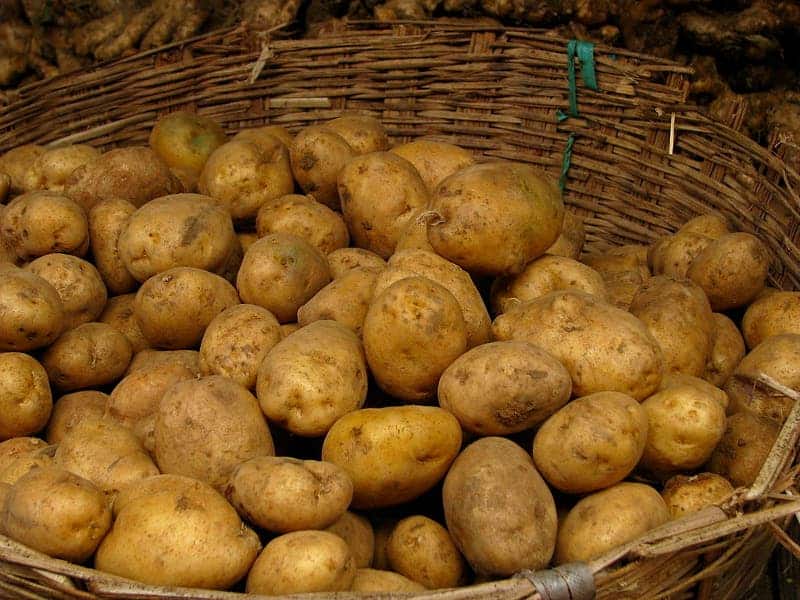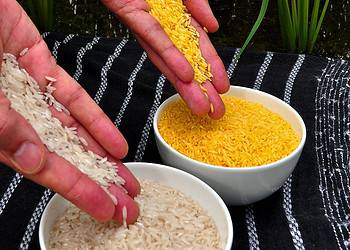The Canadian Food Inspection Agency (CIFA) and Health Canada have approved Simplot’s genetically engineered Innate potato for sale throughout the country. The first generation of Innate potatoes have passed food safety assessments, and are considered as just as safe and healthy as unaltered spuds.

Image credits go to Wikimedia user McKay Savage
The Idaho-based J.R. Simplot Company can start selling their Gen.1 Innate potatoes in Canada starting this year, CIFA and Health Canada have decided in two letters addressed to the company on March 18. The tatters already received regulatory approvals in the U.S. last year and are sold under the White Russet brand.
Innate potatoes have the same nutritional composition as the regular variety, with the company citing reduced browning or bruising of their product compared to unaltered tubers, as well as lower levels of carcinogens when cooked.
“Our potato cuts acrylamide up to 62 percent and a future generation will take up to 90 percent, making it virtually negligible, which is a really big deal in the potato world,” says Director Doug Cole, Marketing and Communications, Simplot.
Simplot was able to reduce bruising and browning of their potatoes by up to 44% by grafting genes from more resistant species, such as Russet Burbank, Ranger Russet and Atlantic variety into their genetic make-up. Their potatoes also produce less polyphenol oxidase, which leaks from damaged plastids in bruised or cut potatoes, causing darkening and in black spot.
This doesn’t seem like a big improvement until you consider how much food we usually throw out due to these effects.
“Consumers throw away about 30 percent of their potatoes either due to bruising or sprouting, so we’ve solved the bruising problem,” says Cole.
This genetic construct also lowers the expression of native genes that govern the production of asparagine and starch to reduce sugar conversion. Lower levels of these substances limit the potential for acrylamide formation when the potatoes are cooked at temperatures higher than 120 degrees Celsius (248 degrees Fahrenheit) — such as in frying, baking or broiling. Based on studies on rats, the U.S. National Toxicology Program and the International Agency for Research on Cancer have identified acrylamide as a probable human carcinogen — although other studies found differences in acrylamide absorption speed between humans and rats.
They’re also easier to farm, and less wasteful. Simplot stated that that if all Canadian fresh Russet potato crops had the traits of Innate, we could reduce waste at the field, storage, packing, retail and food-service levels by some 400 million kilograms. Carbon dioxide emissions would be cut by 30 million kilograms (66.1 million pounds), water usage reduce by 5.6 billion liters, and 15,000 fewer pesticide hectare-applications would be needed, the company said.
This is bound to be a controversial decision. But all these traits led Kevin MacIsaac, general manager of United Potato Growers of Canada, to believe that Innate will attract a lot of commercial interests in the future, as it makes growing, cooking and storing much easier. Farmers are already supportive of CIFA’s decision, welcoming it as a step forward.
“This is the reality: we need to use these technologies to help feed the world in a better way with less waste and less risk of carcinogenic effects,” Ontario potato producer Peter VanderZaag said.
Health Canada doesn’t require for Innate potatoes to be labeled as “genetically engineered”. In the U.S., food packaging has to include details about the product’s website and a QR code for consumer information.
According to Simplot






